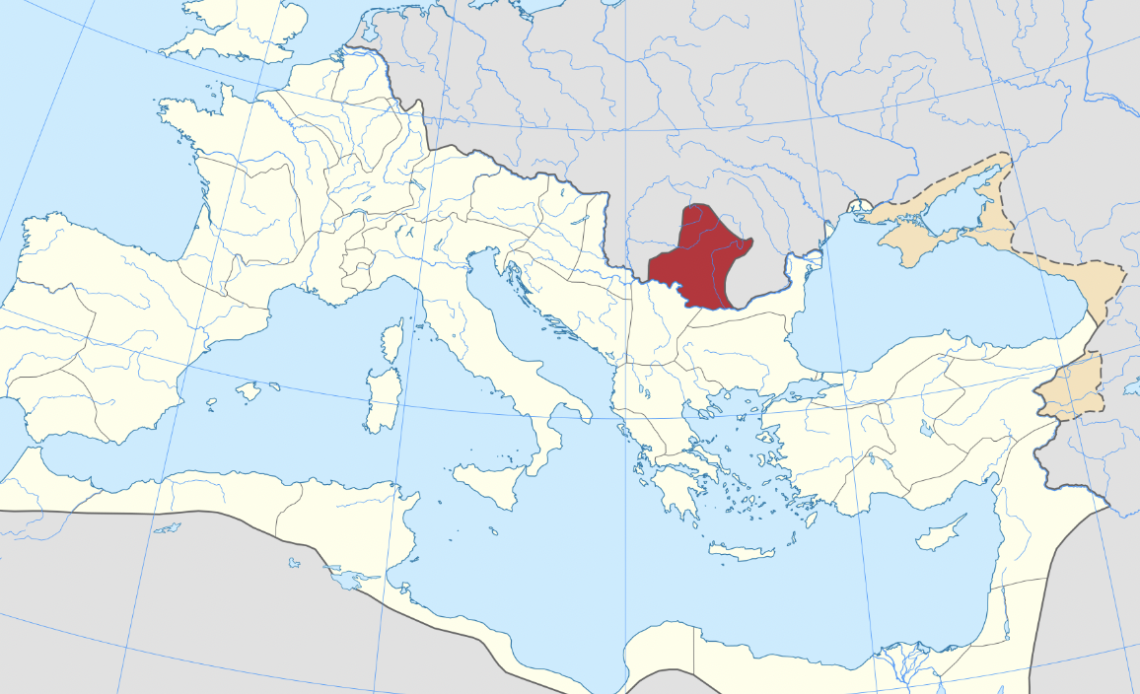
An incredible discovery has given back an emperor to history, as Professor Paul Pearson of King’s College London discovered that a gold coin was not fake as previously thought.
So, what happened? In 1713, archaeologists in Transylvania found a small hoard of coins that dated back to the Roman era. One of them, the coin in question, portrayed a figure that many called Emperor Sponsian.
The coins were believed to be real until the mid-19th century when doubts started emerging about their authenticity. The final nail in the coffin was the opinion of Henry Cohen, the leading coin expert at Bibliothèque Nationale de France, who, in 1863, declared that the coins found 150 years earlier were “poorly made and ridiculously imaged modern fakes.”
The coins were relegated to a remote cupboard at the Hungarian Museum at Glasgow University until Prof Pearson found images of them in an old catalogue while researching for a book about the history of the Roman Empire.
The pictures gave Prof Pearson the idea that the coins might have microscopic indentations and visible scratches that seem consistent with a coin being used in daily life. He, therefore, contacted the museum and asked for further research to be conducted, which led to the conclusion that the scratches and indentations were indeed a sign of use, and a soil analysis further confirmed the hypothesis that the coins were circulating more or less 2000 years ago.
So, the emperor portrayed on the gold coin did actually exist. Now, this raises further questions for historians, as, aside from his name, Sponsian, and the fact that he was emperor of a region of the Roman empire called Dacia, we don’t know much about him.
Judging from what we know of the region in history, Dacia was cut off from the Roman Empire around 260 AD following a pandemic and civil war. Presumably, Sponsian, who was the Roman Empire’s military leader in the region, had to assume the supreme command not only of the military but also of all other aspects of daily life, and that need led to his creation as emperor.
The province was reconnected to the empire about ten years later and evacuated entirely between 271 and 275 AD, according to the Hungarian Museum’s curator Jesper Ericsson. The latter also said that the isolation experienced by the region explains why the coins found in Transylvania don’t match coins found in the Roman Empire from the same time period.
With further research needed into the figure of Sponsian, one thing became clear: history has gained a new emperor.

